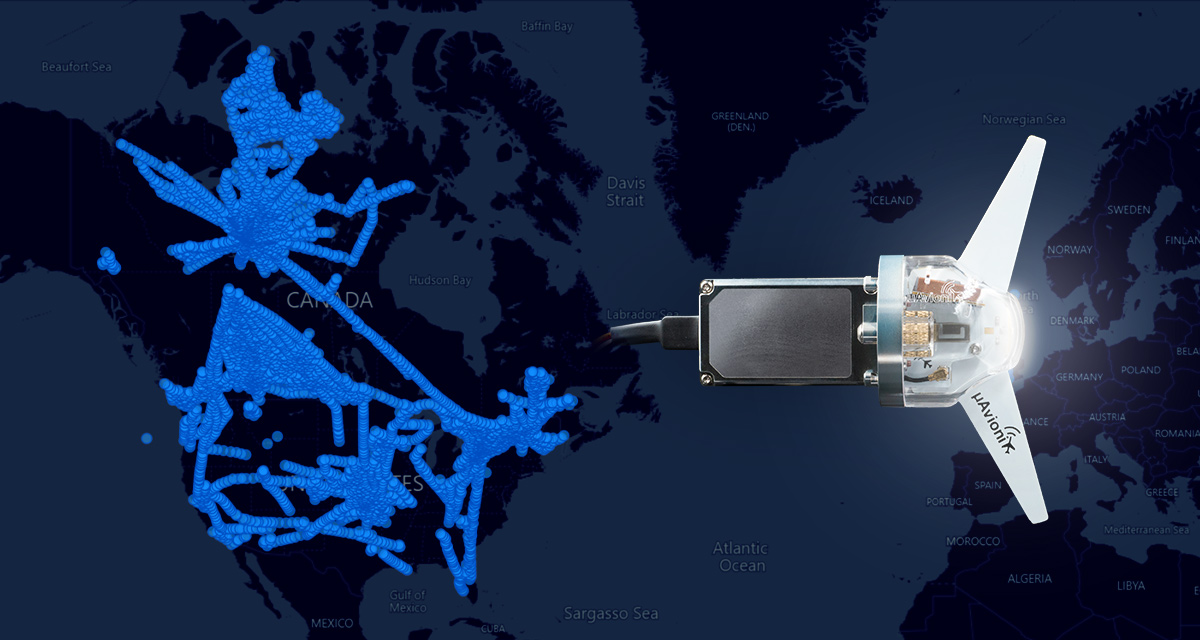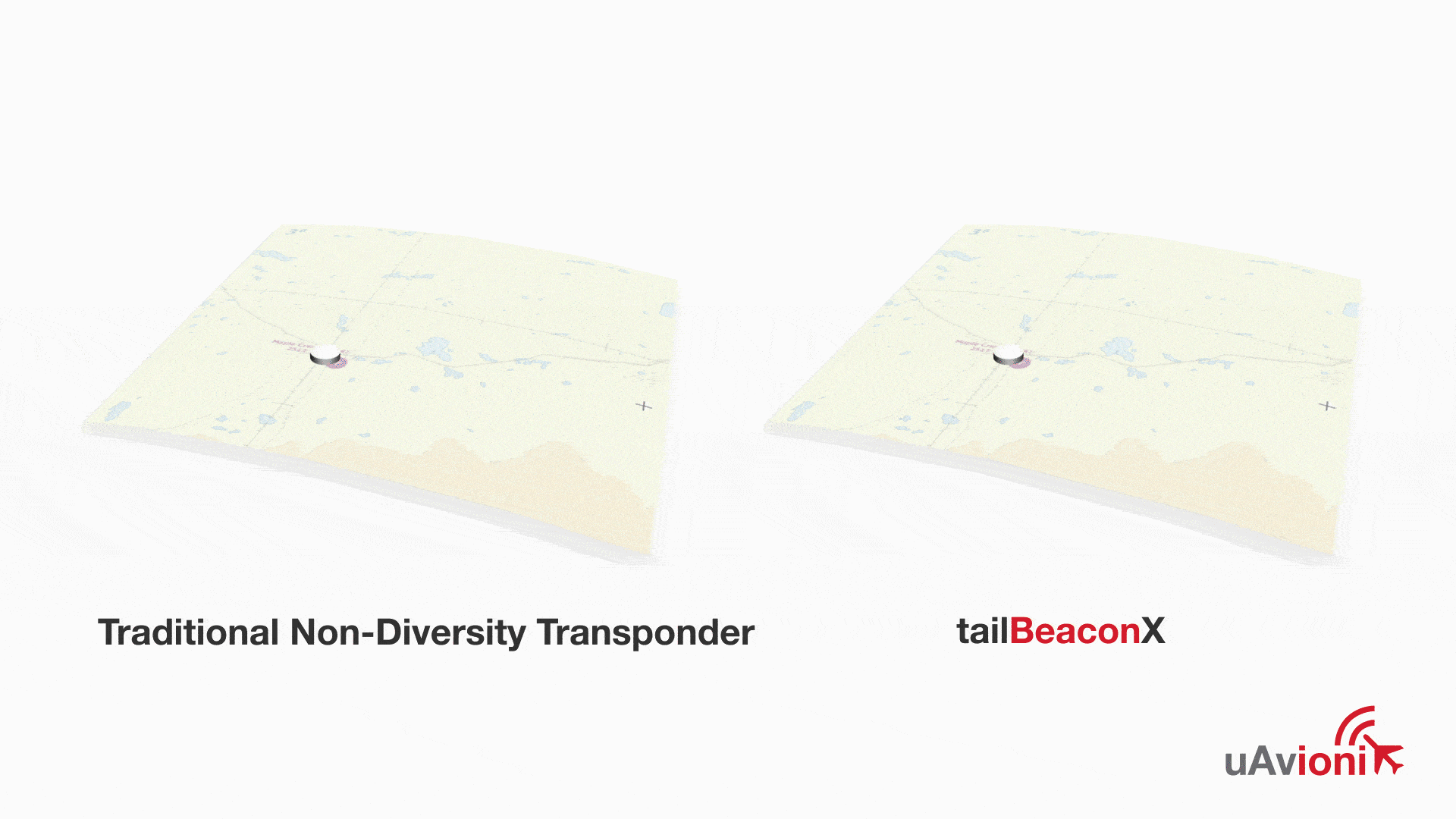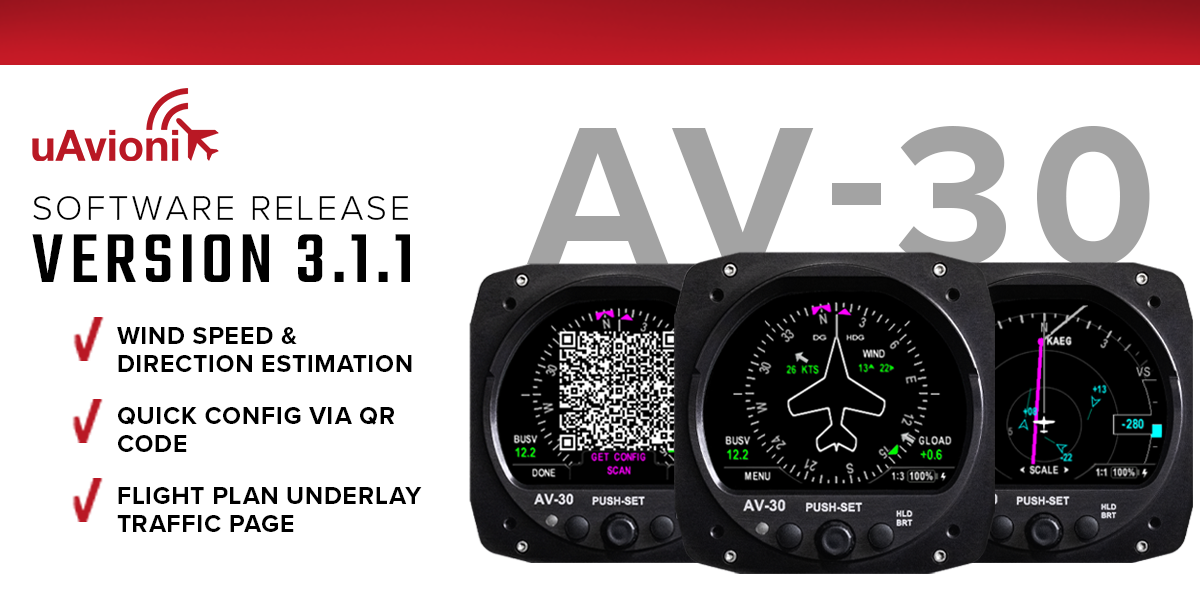uAvionix Releases Independent Analysis of tailBeaconX Performance Operating With Space-Based ADS-B

July 7, 2021 – Bigfork Montana – uAvionix Corporation today released an independent report created by Capital Sciences, LLC and endorsed by Aireon LLC, comparing the performance of its TSO-certified tailBeaconX transponder to traditional diversity transponders when tracked by Aireon’s space-based ADS-B orbital network.
The report concluded the following:
“This analysis shows that tailBeaconX performs very similarly to traditional diversity transponders […]. Both transponder types meet the threshold values of ED-129B in airspaces where Aireon data is likely to be the only surveillance source available.
It is the recommendation of the Capital Sciences analysis that any ADS-B mandate which requires diversity transponders due to the use of space-based ADS-B should also consider tailBeaconX as an acceptable means of compliance with such mandate.”
A tailBeaconX installation typically costs 30%-40% of an installed diversity transponder due to higher equipment costs and invasive installation processes. The report highlights equivalent performance from both transponder types from Aireon’s space-based ADS-B network. The uAvionix option allows regulators and Air Navigation Service Providers (ANSPs) leveraging space-based ADS-B to offer a lower-cost means of compliance to General Aviation (GA) aircraft owners.
The Research
Capital Sciences, LLC analyzed 12 months of data across 38 unique aircraft encompassing over 7000 hours of flight time and 4 million ADS-B messages. It compares Aireon data from GA aircraft equipped with uAvionix’s tailBeaconX with data from traditional diversity transponders while operating in Canadian airspace. Key indicators of performance are Probability of Update Interval (PUI) and Probability of Long Gaps (PLG) based on standards set forth in EUROCAE ED-129B: “Technical Specification for A 1090 MHz Extended Squitter ADS-B Ground System”. ED-129B is the most common standard used by ANSPs around the world to determine performance requirements to conduct Air Traffic Control (ATC) separation services in low, medium, and high-density airspace.
Why Diversity Matters
A typical General Aviation (GA) transponder and ADS-B system use a single, belly-mounted antenna to provide the best line of sight to ADS-B receivers and secondary surveillance radar (SSR) systems on the ground. However, there is a growing use of space-based ADS-B receivers around the world by ANSPs for ATC separation. In fact, space-based ADS-B is increasingly becoming the sole source of surveillance for vast regions of airspace in Canada, UK, Ireland, India, Northwest & Southern Africa, and Iceland. A space-based system enables these countries to expand or upgrade their air traffic control systems with minimal investment in ground infrastructure and leapfrog the traditional approach of an extensive and expensive large area network of ADS-B installations. However, space-based ADS-B poses a problem for traditional belly-mount antennas since the aircraft itself can physically block signals to the satellite.

Aircraft equipped with a Traffic Collision Avoidance System (TCAS) don’t suffer from this problem since a TCAS system already requires a “diversity” transponder with two antennas, one on the top and one on the bottom of the fuselage. TCAS isn’t commonly found on a small GA aircraft, which means few diversity transponders exist. The ones that do exist are often viewed as price prohibitive, some two to three times the cost of transponders without diversity. When combined with installation costs two to three times higher, the net result is a disproportionate cost burden on GA owners operating throughout airspace serviced by both surface and space-based ADS-B.
Enter tailBeaconX
tailBeaconX enables aircraft owners, regulators, and ANSPs to significantly expand the safety and operational benefits that ATC surveillance brings by expanding the surveillance coverage of traditional Mode S and ground-based receivers with space-based ADS-B at a significantly reduced cost to diversity installations. Recognizing the competing demands of ADS-B’s proven safety benefit vs. GA’s need for affordable equipage, uAvionix set out to solve this paradox with a product that developed into tailBeaconX. We asked ourselves: “Could we design and certify a transponder that performs as well as a diversity transponder, but doesn’t result in the cost burden associated with diversity transponders?” We worked closely with Aireon, as well as with U.S. and Canadian user communities, to test and validate such a design. What was found is that tailBeaconX’s dipole antenna pattern, unobstructed by the aircraft fuselage, matches the performance of separate top and bottom monopole antennas at a significantly reduced equipment and installation cost.
To learn more about uAvionix manned and unmanned products, please visit: www.uavionix.com
Follow uAvionix on Twitter: www.twitter.com/uAvionix
Follow uAvionix on Facebook: www.facebook.com/uavionix/
uAvionix Media Contact:
About uAvionix Corporation
uAvionix was founded with the mission of bringing safety solutions to the unmanned aviation industry to aid in the integration of Unmanned Aerial Systems (UAS) into National Airspace Systems. uAvionix offers low-SWaP TSO-certified and uncertified avionics for General Aviation (GA), Airport Surface Vehicles, and the UAS markets. Its unparalleled engineering and management teams bring a unique combination of experience, drawing on avionics, surveillance, airport services, UAS aircraft development, radio frequency (RF) engineering, and semiconductor industry best practices. uAvionix is backed by investors at Playground Global and Airbus Ventures.
About Capital Sciences, LLC
Capital Sciences, LLC, is a Virginia-based small business founded in 2009. It leverages an extensive depth of knowledge in the fields of systems engineering and analysis within the aviation industry. It has worked closely with Aireon – almost since the latter’s inception – on the development, design, implementation, and analysis of its various systems.
